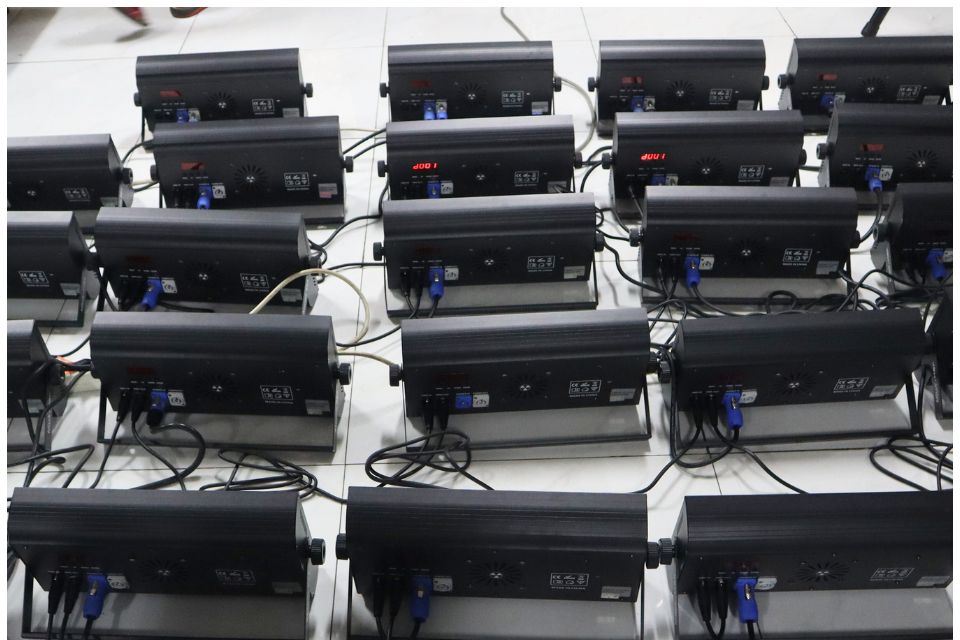Explore the advantages and drawbacks of automatic lighting systems compared to manual operation, and understand why automation is reshaping professional lighting control.
Overview: Manual vs. Automatic Control
In professional lighting environments, the choice between manual operation and automation directly impacts workflow efficiency and creative precision. Manual control requires operators to adjust lighting via a DMX console or dimmer in real time, while automatic systems execute pre-programmed cues synchronized with music, video, or show timing.
Advantages of Automatic Lighting Systems
- High precision: Lighting transitions are frame-accurate, ensuring perfect synchronization with sound or visual elements.
- Labor efficiency: Reduces operator workload, particularly in complex or large-scale productions.
- Energy optimization: Systems can automatically adjust brightness according to ambient conditions.
- Reusability: Predefined lighting scenes can be stored, reused, or adapted for future shows.
Limitations of Automation
- High initial investment: Requires dedicated control software, network devices, and skilled programming.
- Complex setup: Network configuration and protocol knowledge (DMX, Art-Net, sACN) are often necessary.
- Software dependency: A configuration or network failure could disrupt the entire lighting sequence.
Advantages of Manual Control
- Immediate flexibility: Operators can respond instantly to unexpected events during a live show.
- Lower cost: Requires minimal hardware—only a DMX board or dimmer controller.

Industry Trend and Outlook
While manual control remains practical for small shows or live improvisations, automation dominates large-scale productions. Modern lighting systems integrate with audio, video, and motion sensors, enabling seamless synchronization. This reduces operational risk and enhances creative expression through consistent, repeatable results.
Conclusion
The transition from manual to automated control is inevitable as the lighting industry evolves. Automation delivers unmatched precision, energy efficiency, and creative control, setting a new standard for modern event production and building management systems.